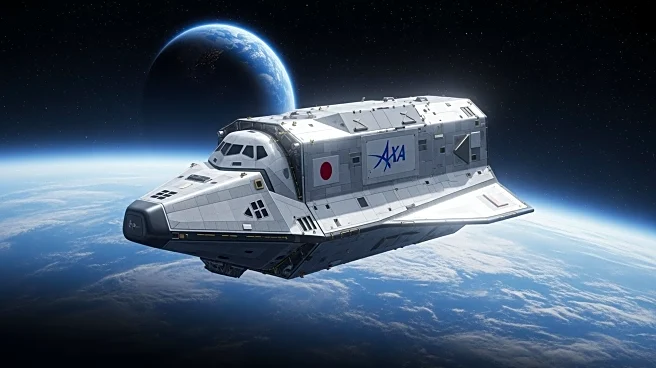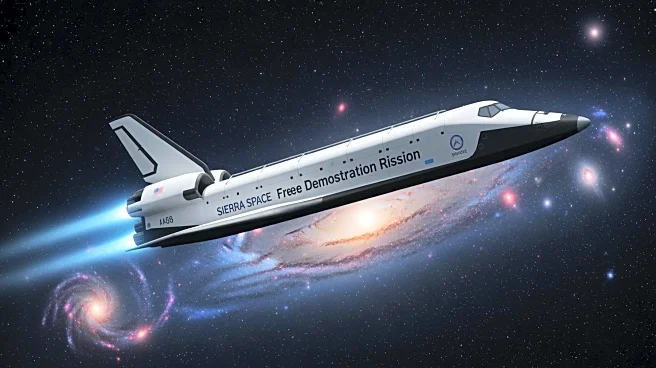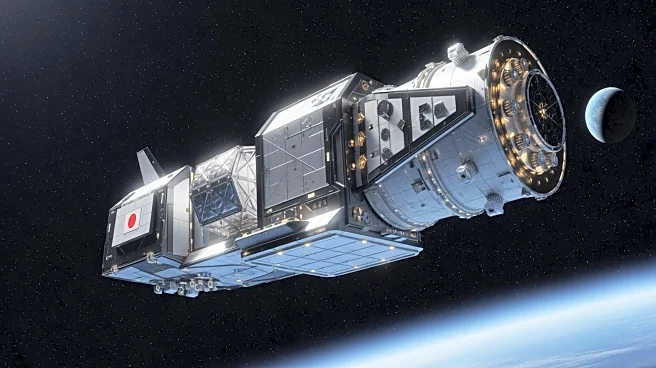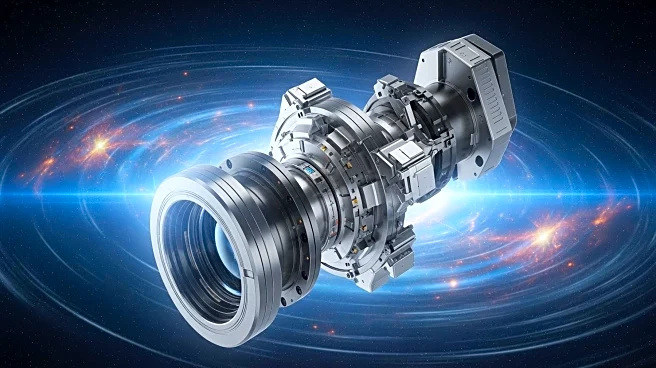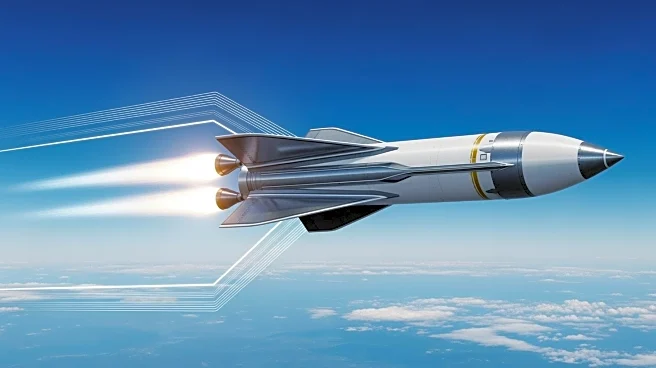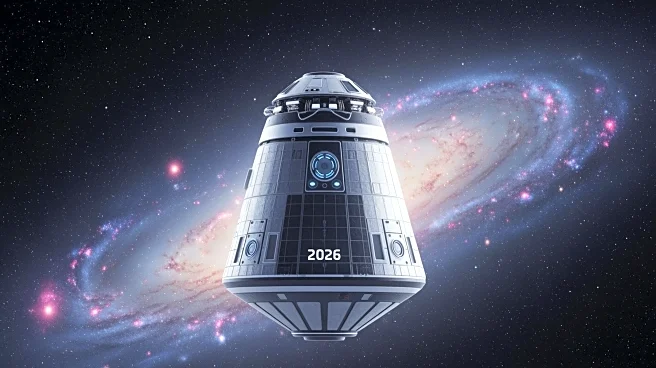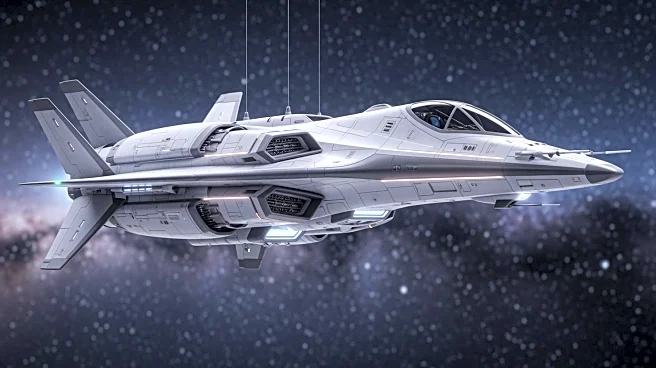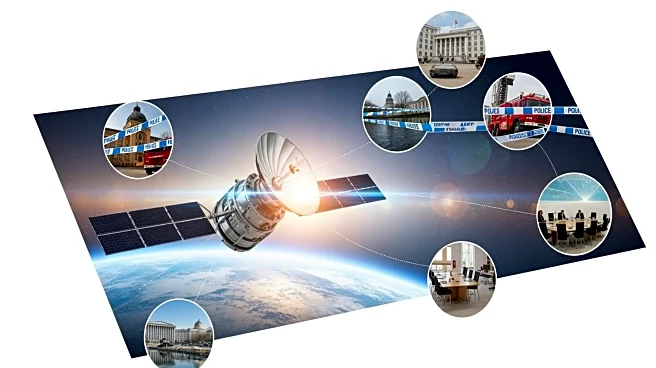What's Happening?
Japan's new HTV-X cargo spacecraft is set to launch on its inaugural mission to the International Space Station (ISS) today. The spacecraft will lift off from Japan's Tanegashima Space Center atop an H3 rocket at approximately 8 p.m. EDT. The HTV-X is the successor
to the H-II Transfer Vehicle, known as Kounotori, which completed nine missions to the ISS between 2009 and 2020. The new spacecraft, although shorter than its predecessor, can carry a similar payload mass to low Earth orbit. The HTV-X is designed to enhance transportation capabilities and provide on-orbit demonstration opportunities for up to 1.5 years after leaving the ISS. It is also envisioned to support post-ISS human space activities and potentially deliver cargo to NASA's planned Gateway space station in lunar orbit.
Why It's Important?
The launch of the HTV-X marks a significant advancement in Japan's space capabilities, particularly in supporting international space missions. By enhancing transportation and demonstration capabilities, the HTV-X could play a crucial role in future space exploration and international collaborations. The spacecraft's ability to support post-ISS activities and potential missions to the lunar Gateway aligns with global efforts to expand human presence in space. This development could strengthen Japan's position as a key player in the international space community and contribute to the broader goals of space exploration and research.
What's Next?
Following the successful launch, the HTV-X will begin its mission to deliver supplies and equipment to the ISS. The spacecraft's performance and capabilities will be closely monitored to assess its potential for future missions, including those beyond low Earth orbit. The success of this mission could lead to further collaborations with international space agencies and contribute to the development of new technologies for space exploration.
